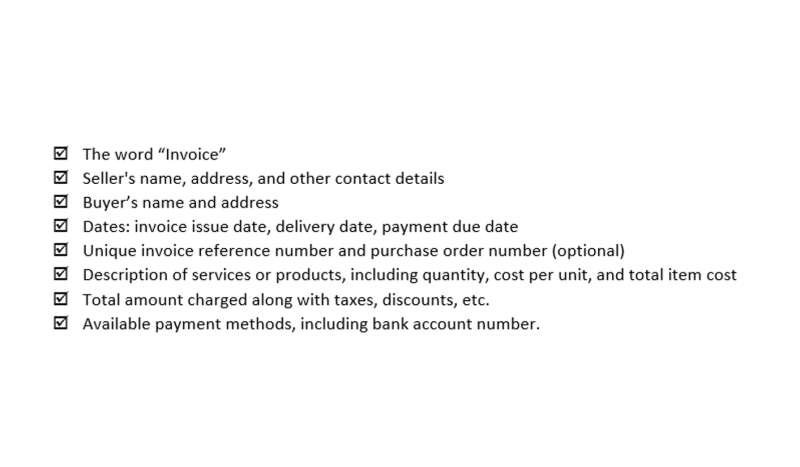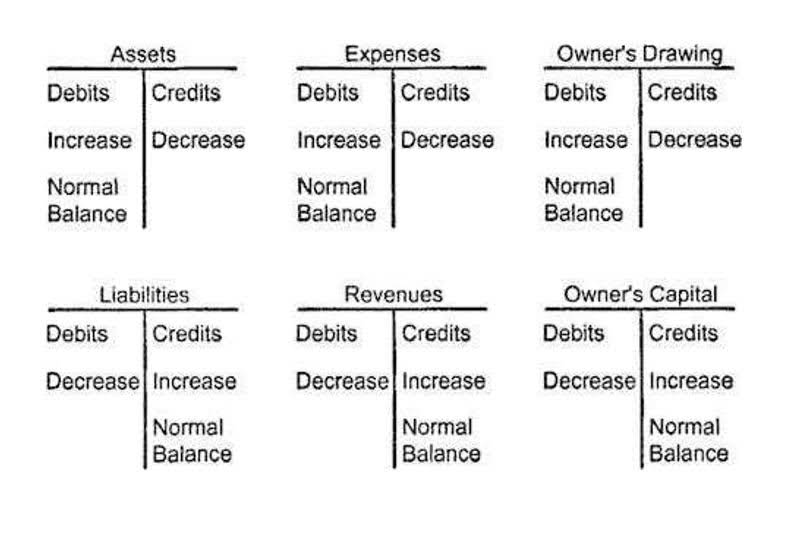
Inherent risk is assessed at high for completeness (client has not fully recorded payables in prior years). For an auditor, relevant assertions are those where a risk of material misstatement is reasonably possible. So, magnitude (is the risk related to a material amount?) and likelihood (is it reasonably possible?) are both considered.
Materiality

Rather than using an inefficient approach—let’s audit everything—the auditor pinpoints audit procedures. Yes, but if all assertions are assessed at high, then a response is necessary for each. Additionally, notice the inherent risk for occurrence is assessed at high. A significant risk is, by definition, a high inherent risk, never contribution margin low or moderate.
Understanding Financial Statement Assertions
- This includes all controls assessed as relevant by the auditor and is not limited to those controls that the auditor plans to test for operating effectiveness.
- 15See Financial Accounting Standards Board Statement No. 154, Accounting Changes and Error Corrections, regarding the correction of a misstatement.
- Auditors evaluate these assertions by inspecting physical assets, confirming balances with third parties, assessing valuation models, and analyzing liabilities to confirm their existence and valuation at the balance sheet date.
- By doing so, you’ll be well-prepared to face the audit procedure with financial information that’s compliant, complete, and correct.
- A service organization with a number of public clients or user organizations could be inundated with audit requests by user auditors attempting to audit their process to gain comfort on their customers’ assertions over internal controls.
- A significant risk is, by definition, a high inherent risk, never low or moderate.
Relevant tests – Vouching the cost of assets to purchase invoices and checking depreciation rates and calculations. Relevant tests – physical verification of non–current assets, circularisation of receivables, payables and the bank letter. Relevant test – select a sample of customer orders and check to dispatch notes and sales invoices and the posting to the sales account in the general ledger. Completeness – this means that transactions that should have been recorded and disclosed have not been omitted.
Validity of Management Assertions
Look at two or three of your audit files and review your risk assessments. Are you assessing risk at the transaction level or at the assertion level? Plan to spend more time in performing risk assessment procedures and documenting your risks at the assertion level—and possibly less time performing further audit procedures. Risk of material misstatement is the result of inherent risk and control risk. Auditors often assess control risk at high because they don’t plan to test for control effectiveness. If control risk is assessed at high, then inherent risk becomes the driver of the risk of material misstatement.
- This historical perspective can inform the auditor’s judgment about the likelihood of material misstatements in the current period’s financial statements.
- One reason for not proceeding with an audit is that the inability to obtain a management assertions letter could be an indicator that management has engaged in fraud in producing the financial statements.
- Organizations of all sizes and types, from megacorporations to small businesses to nonprofits, prepare financial statements they are obliged to prepare and present as transparently and accurately as possible when audited.
- Additionally, notice the inherent risk for occurrence is assessed at high.
- Accuracy, valuation and allocation – means that amounts at which assets, liabilities and equity interests are valued, recorded and disclosed are all appropriate.
- All transactions, balances, events and other matters that should have been disclosed have been disclosed in the financial statements.
Selecting Items for Testing to Obtain Audit Evidence
The moment the financial statements are produced, the assertions or the claims of management also exist, e.g., all items in the income statement are assured to be complete and accurate, etc. Take the time to familiarize yourself with the different types of audit assertions and how analytical procedures used to test them helps establish the truthful disclosure of a company’s financial standing. Auditors use the valuation assertion to confirm all financial statements are recorded with the proper value. This is important in understanding (for example) a company’s debt profile or ensuring stakeholders have a properly contextualized grasp of readily available assets and cash flow. Testing this assertion confirms data is presented in a way that provides crystal-clear accessibility with regard to the parties, account balances, and related disclosures involved in all transactions for a given accounting period. As with completeness, auditors use cut-off to determine transactions are recorded within the proper accounting period.
AS 2201: An Audit of Internal Control Over Financial Reporting That Is Integrated with An Audit of Financial Statements

Auditors are expected to obtain an understanding of only those control activities considered relevant to the audit. If so, you may wonder why you spend time on the audit evaluating internal control. This may seem like an exercise that control assertions is much more relevant in an audit of a more complex entity, and you may question its usefulness when auditing less complex entities.

Auditors review these assertions by examining the financial statements and accompanying notes, ensuring that the disclosures are complete, clearly presented, and free from material misstatements. The Sarbanes-Oxley Act (SOX), issued in 2002, added additional responsibility to the management of publicly traded companies. Management of these corporations was now required to assess and assert as to the effectiveness of the organization’s internal controls over financial reporting.

Strategic Supplier Management in the Financial Sector
- It requires auditors to challenge the assumptions and estimates made by management, especially in areas susceptible to significant judgment or where there is a higher risk of management bias.
- These representations are commonly referred to as Audit Assertions, Management Assertions, and Financial Statement Assertions.
- Rights and obligations – means that the entity has a legal title or controls the rights to an asset or has an obligation to repay a liability.
- In auditing expenses, the auditor knows that a risk of fictitious vendors exists.
- The assertion of accuracy and valuation is the statement that all figures presented in a financial statement are accurate and based on the proper valuation of assets, liabilities, and equity balances.
- Soske suggested using the “points of focus” for each of the principles to assist the mapping exercise.
Independent auditors use these representations as the foundation from which they design and perform procedures to test management’s assertions and form an opinion to which they attest to the public. A lot of work is required for an organization to support the assertions that a management team makes. Often controls related to financial reporting extend beyond the immediate company to service organizations supporting its operations. Tests of controls assess the effectiveness of an entity’s internal controls to prevent, detect, and correct material misstatements.
Transactions recognized in the financial statements have occurred and relate to the entity. These assertions play a pivotal role in guiding auditors during their examination. They serve as benchmarks against which the veracity and completeness of financial information can be measured. Bookstime The importance of these claims cannot be overstated; they underpin the trust that investors place in financial reports.